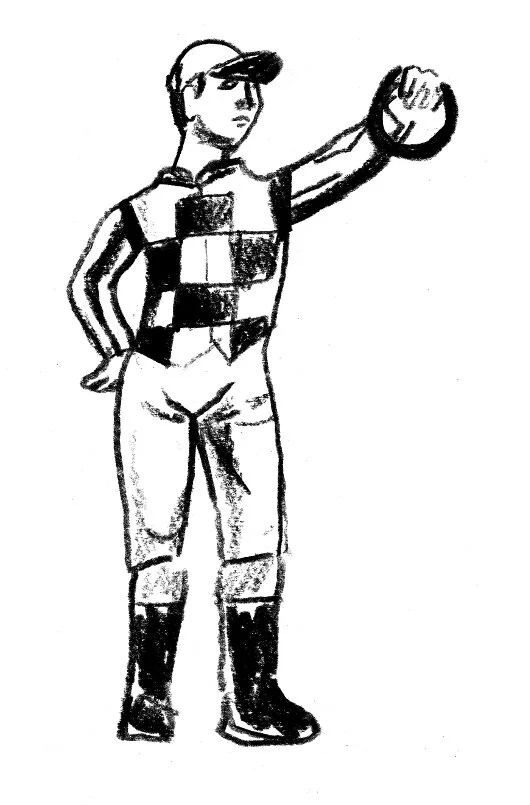The 21 Club is History
A few bars and restaurants—because they’re so singular or have been around for so long—enter the popular imagination. The 21 Club, which was both, announced that it will not open its doors after the pandemic. 21 was connected to the history of New York and to the people who made this city great. Sitting in its banquettes was a balance of all the elements that make Manhattan so dynamic—media, finance, politics, culture. People who went to 21 are known by one name: Bogart, Marilyn and, I’m sorry to say, Nixon.
If it was a place for high rolling regulars, it was also a place for first-timers. I remember vividly going there with a good friend the first year I lived in New York. I was twenty-two and the host, Harry I believe his name was, greeted us with dignity and made us feel at ease, or at least as relaxed as we could feel as we entered the deep end and walked to our table in our best suits. He showed us the famous wine cellar, gave us his card and taught us something about hospitality and decency. He retired the next year, and that was a loss. There was still the great men’s room attendant, the Reverend Lorenzo Robinson. It’s safe to say the story of his passing will be the last of its kind in the New York Times.
It might be a mistake to compare 21 to other restaurants, it meant something else, like Fanelli or P.J. Clarke’s, but on a more ambitious scale (or at least an overpriced one). Certainly it was a good place to be taken. A German editor took me there once, at my suggestion, and though he knew the restaurant he was unfamiliar with one of the last dress codes in the city. Wearing one of the mandated sport coats from their collection he still found it all delightful. That meal represented one of the last things I received from that publisher, a short time later, they canceled the book I’d been hired to write.
The dress code at 21 was no incidental matter. It was a barometer for the city and its level of formality and increasing informality. When they no longer required ties it was also noted in the Times. Yes, people were fascinated by 21. Once or twice a year somebody would try to steal one of the famous jockey statues from outside and sprint toward Fifth Avenue, where they would appreciate just how heavy it was, and abandon it on the side of the street. I wrote about this for a piece on New York’s Un-Monuments for Drake’s in our first issue of Common Thread, with great illustrations from Derek Brahney (above).
You can love a certain place even if you rarely visit, even if you never visit. It stands for something else. It’s hard to believe 21 won’t come back in some form. Maybe it will look the same—it’s already changed hands quite a few times. But each time a different luxury conglomerate takes a property over the corners are smoothed and it loses a little bit of its individuality. In a year where everybody has been isolated and separated from people and places they love, it’s going to take some readjusting when we’re all back above ground. There will be plenty of places to miss. When something truly historic is finally finished it leaves the waking life and returns to our imagination.


